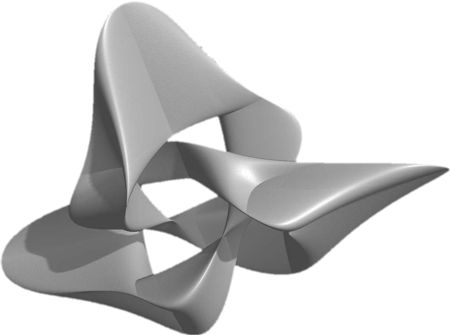
Creating the Construction
A mental construct is a term used in psychology to describe an individual’s representation or interpretation of knowledge in their mind.
It is a mental framework that shapes and influences our perception, beliefs, attitudes, and behaviors. These constructs are formed through our experiences, learning, and social interactions, and they help us make sense of the world around us.
Something to ponder:
What is the difference between a construction and a creation?
How are Mental Constructs Used?
Mental constructs play a crucial role in how we process information and make decisions. They serve as a filter through which we interpret life experiences and can impact our thoughts and emotions. We use mental constructs and symbolic thought to make abstract concepts usable.
For example, framing my mental growth as a gardener tending to a garden is an example of a construct, and symbolic thought. The familiar emotional images of tilling, planting, nurturing, harvesting, and flourishment allow me to share more than just instruction, but my involvement and feelings about it.
Conversely, if someone has a negative mental construct about a certain situation such as reading the Bible, they may feel anxious or fearful when faced with it.
As with math, the Bible is often constructed as punishment, difficult, without psychological safety, and a source of negative judgment.
These fearful mental constructs can influence our self-perception, and self-esteem.
Furthermore, if someone uses the term “construct” in way as to devalue the reality of our beliefs, this may cause doubt. Your mental construct will only be as strong as the material used. If you have little faith in your mental construction materials, your structure will be weak.
The Reality of Our Mental Constructs
I ask every reader to consider their personal understanding of what is “real”. To most people, something being real implies that it has been realized by one of the five senses or can be quantified. Things with a measurable physical mass.
However, our five senses can only realize things that have been constructed in some way. We can only quantify things that have been constructed into something quantifiable.
Therefore, in order for any construct to be realized by one of the five senses, it must first be constructed mentally.
By someone.
Which of your senses handles the designing/imagining portion of construction?
Which of our sense manages the “pre-realized creation”?
What is the transition from “pre-real” to “realized?” and how do you decide what to transition from “pre-real” to “realized?”
As for our personal constructs, they will be “real” as the stones we lay. As it is written, Faith without works is dead.
Can Mental Constructs Change?
Yes, mental constructs are not fixed and will evolve as we do. New life experiences like marriage, parenthood and crisis will organically reshape our constructs. We can alter them purposely through self-reflection, and/or cognitive-behavioral techniques.
This process is known as cognitive restructuring and can lead to a more positive and adaptive way of thinking. This can be done in a therapeutic counseling environment or Biblically.
Biblically speaking, cognitive restructuring is called being transformed by the renewing of your mind.
“Do not conform to the pattern of this world,
but be transformed by the renewing of your mind.” -Romans 12:2
Abusus Non Tollit UsumAbusus Non Tollit Usum is a Latin phrase meaning “Abuse does not take away use.”In other words, the misuse of something More
